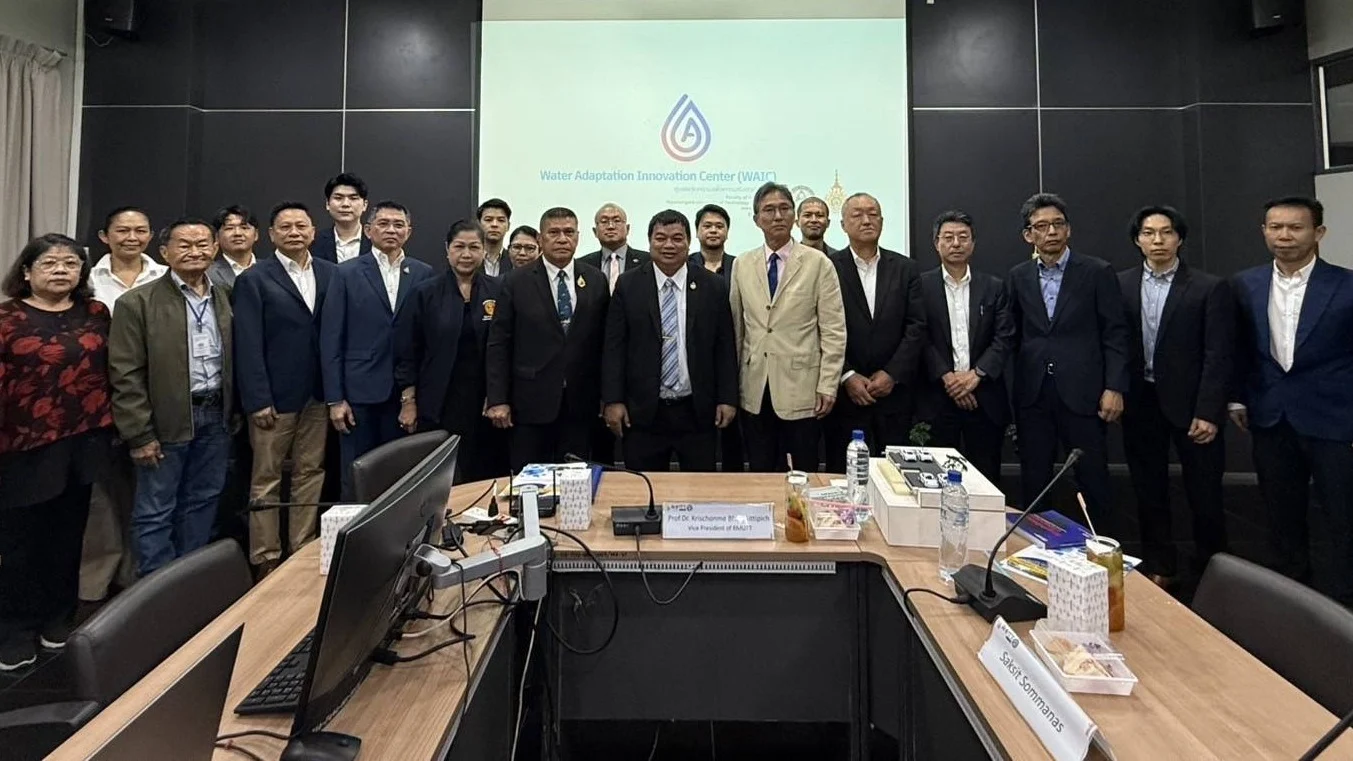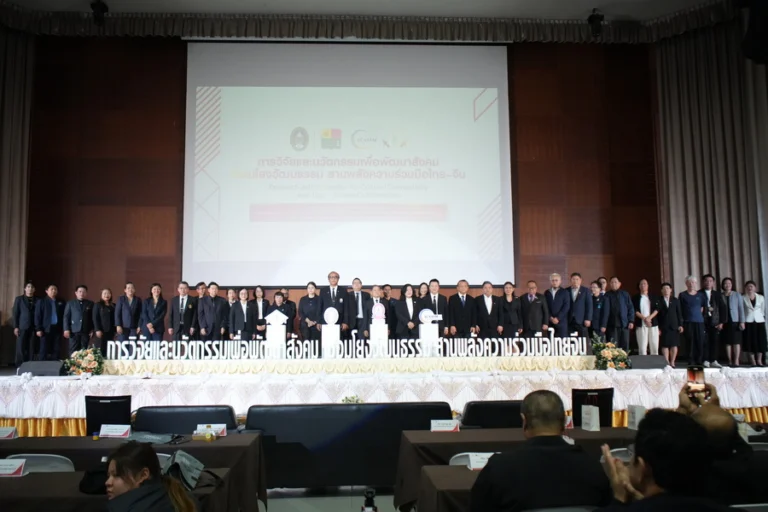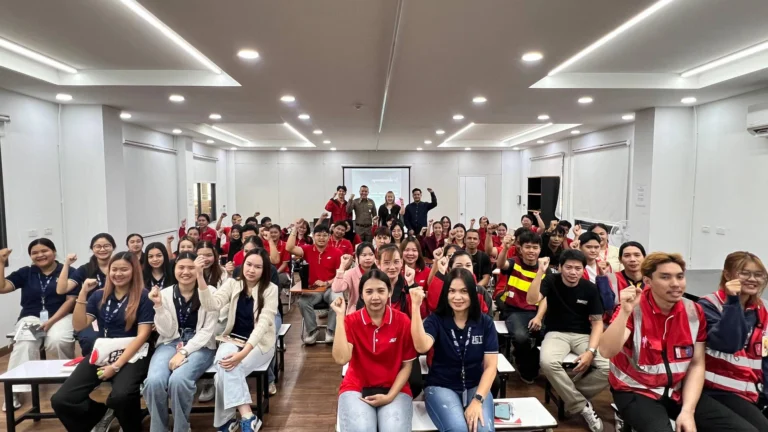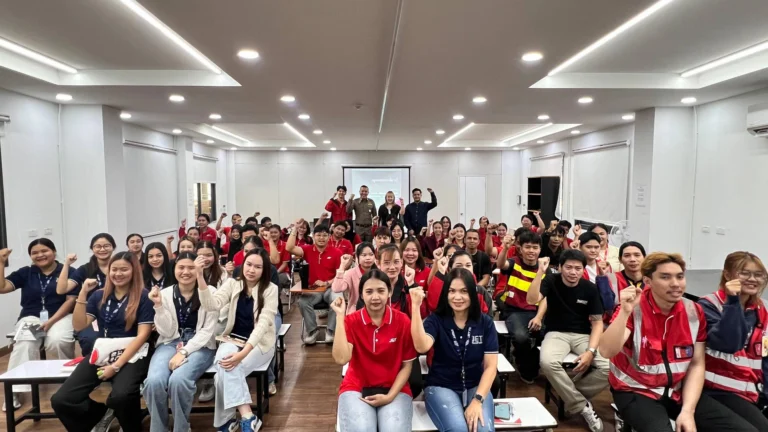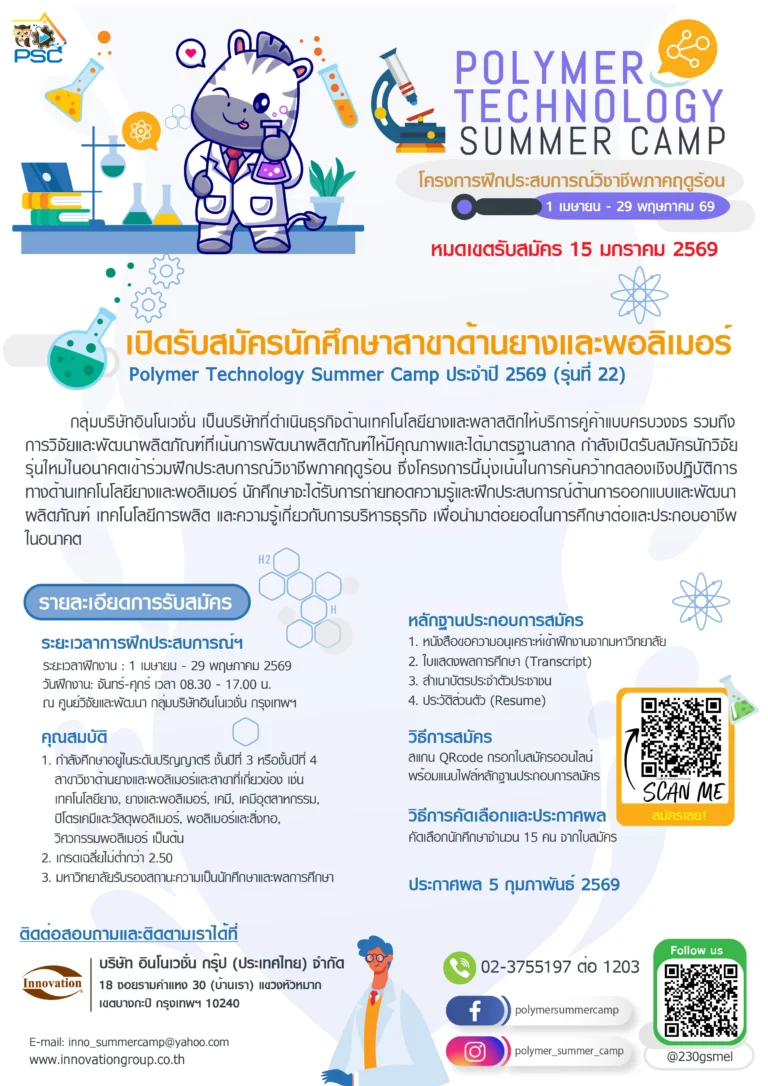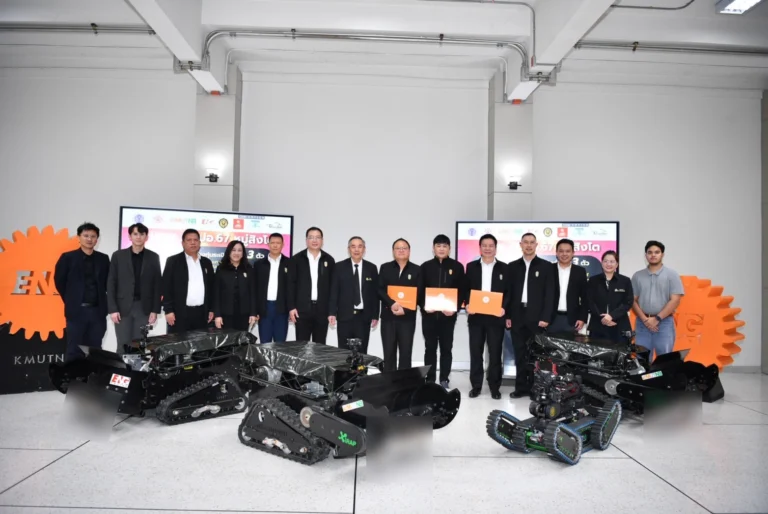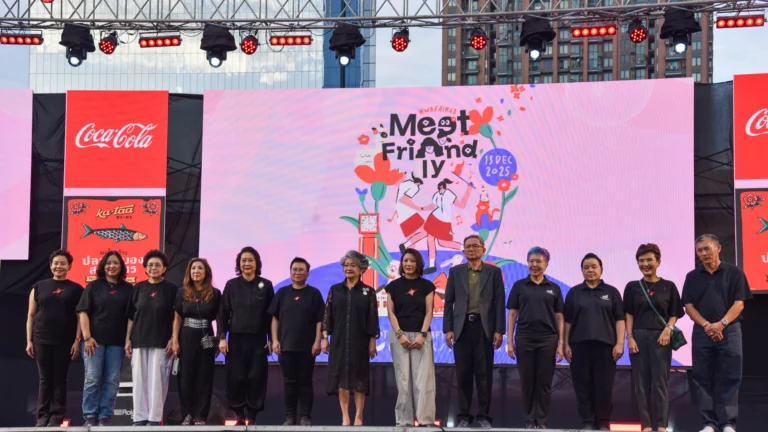ยอดเข้าชม : 228
“RMUTT Partners with ACTEC Japan to Drive ‘PRSS’ NEW PLA-KUN Innovation for Underground Water Storage, Tackling Flood and Drought Challenges in Thailand”
The Water Adaptation Innovation Center (WAIC), under the Faculty of Architecture, Rajamangala University of Technology Thanyaburi (RMUTT), has joined hands with the Advanced Construction Technology Center of Japan (ACTEC) to exchange expertise in water management technology between Thailand and Japan. The collaboration includes technical briefings and discussions aimed at developing, designing, and consulting on water-related innovations across four scales: urban planning, landscape architecture, architecture, and interior design. The initiative is designed to strengthen resilience against climate change and local water-related disasters.
The event was officially opened by Professor Dr. Krischonme Bhumkittipich, Vice President of RMUTT, who served as the ceremony’s chairperson.
“Thailand is highly vulnerable to flooding due to its frequent heavy rainfall and extensive low-lying areas, particularly during the rainy season. At the same time, droughts occur regularly in various regions, impacting the economy, society, and quality of life,” said Professor Dr. Krischonme. “In response, our Faculty of Architecture established the WAIC to focus on developing knowledge, innovation, and research in sustainable water management, particularly at the community and urban levels.
This collaboration with BPK Management Company Limited and ACTEC Japan will bring the NEW PLA-KUN system into play, helping us manage Thailand’s water resources more efficiently. I would like to thank all contributors from both Thailand and Japan for driving this initiative forward, fostering knowledge exchange, developing tangible innovations, and creating cities and communities that can truly adapt to—and recover from—water-related disasters.”
Dr. Karnt Srisuwan, Managing Director of BPK Management Company Limited, importer of NEW PLA-KUN, explained:
“NEW PLA-KUN is a cutting-edge Plastic Rainwater Storage Structure (PRSS) from Japan that is both highly efficient and environmentally friendly. Designed to address Thailand’s challenges of flooding and water scarcity, it stores water underground systematically without disrupting the natural water cycle, and the stored water can be used for multiple purposes.
The PRSS is extremely durable, with a lifespan exceeding 50 years, easy to install, and stackable—saving both space and construction time. It can be seamlessly integrated with existing systems such as drainage or wastewater treatment. Crucially, it can be adapted for diverse settings, from industrial estates and residential neighborhoods to parks, schools, hospitals, office buildings, and urban economic zones—areas where conventional systems often fail.
This solution is ideal for preparing for El Niño and La Niña weather patterns and for drought readiness. It can also be included in government emergency water reserve plans, tailored to the budget and specific needs of each location. I am confident that NEW PLA-KUN will become a vital tool in elevating Thailand’s water resource management to meet the challenges of climate change while aligning with sustainable development goals.”
Dr. Polpat Nilubon, Co-founder (Architect) of NPPN Design & Research Company Limited and Director of WAIC, shared his perspective:
“I studied in the Netherlands, where water management systems and the flood resilience of urban infrastructure—especially underground rainwater storage—are highly effective. When I returned to Thailand, I tried to introduce these concepts to various agencies but met with skepticism and a reliance on older systems, such as underground concrete tanks, which have limitations in maintenance, relocation, and flexibility.
I later learned about NEW PLA-KUN, already proven in Japan and Europe, and began testing it in Thailand. With support from Japan, we established WAIC specifically to drive water innovation.
This system offers key advantages for Thailand: flexibility, light weight, and non-intrusive installation—without the need for pile foundations. It is adaptable to many contexts, from compact spaces under building roofs to public parks, where it can collect rainwater for use in the dry season.
We are now researching site-specific suitability and addressing legal frameworks for water storage. Our vision goes beyond underground storage to include innovations such as floating and amphibious buildings that can adapt to floods, as well as coastal city planning that favors floating zones over traditional sea walls, enabling long-term coexistence with nature.”
Ms. Katsirin Treekarunasawat of BPK Management Company Limited added:
“The project’s prototype is complete, and we plan to roll out real-world applications by year’s end. Pilot installations have already been implemented in high-profile locations, including Ladkrabang Industrial Estate, public parks in Bangkok, and the King Rama IX Memorial Park at the former Nang Loeng Race Course.
We are preparing to expand deployment to airports, major educational institutions, government facilities, and residential communities—areas with strong potential to use this technology to capture rainwater and prevent flooding. This innovation represents a critical solution for sustainable urban development and disaster preparedness.
However, successful implementation requires careful consideration of factors such as local rainfall patterns, geology, soil types, underground infrastructure complexity, and system buoyancy. Every site has unique characteristics, so we customize our designs to ensure long-term efficiency and sustainability.”
From Japan, Mr. Nobuyasu Shirato of Chichibu Chemical Company Limited, commented:
“In Japan, our island geography limits natural water drainage during floods, so we have long invested in technologies to address this challenge. This system is used in homes, factories, and public spaces, encouraging communities to store water independently. It can be installed beneath lawns, playgrounds, sports fields, golf courses, parking areas, and secondary roads without disrupting the use of the space above.
The structure can withstand loads of up to 25 tons. In my view, this innovation is highly suitable for Thailand in two main applications: in urban areas to improve drainage and reduce flooding, and in agriculture to store water for the dry season. It ensures both effective land use and water conservation.”
Mr. Hitomi Godo, President of ACTEC, added:
“ACTEC has hosted numerous seminars and knowledge-sharing activities to foster close cooperation. Japan is also facing demographic challenges such as labor shortages and an aging population, which drive the need for innovative solutions. I believe that future innovations developed jointly by Thailand and Japan will continue to advance. Should Thailand face new challenges, ACTEC stands ready to expand our cooperation and work together toward practical solutions.”
In summary, the development of underground water storage innovations such as PRSS NEW PLA-KUN goes beyond providing an effective answer to flooding and drought—it embodies the principles of sustainable water resource management. Through strong collaboration between researchers, the private sector, and government agencies, Thailand can move toward a safer, climate-resilient future.

